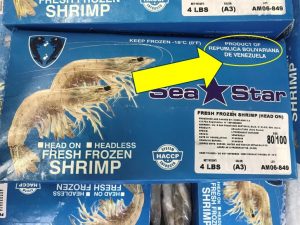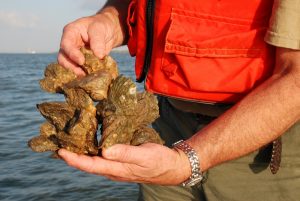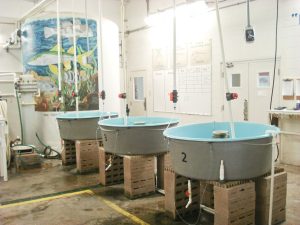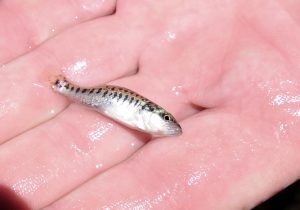Aoudad Sheep Study
Wednesday, July 10th, 2019This is Passport to Texas
Aoudads, also known as Barbary Sheep, were originally imported to Texas from North Africa as game animal over 50 years ago. But for native species like Mule deer and Desert Bighorn Sheep, the ever-increasing Aoudad population has become a threat.
They pose, not only a competition threat, as far as competition for resource, but they can also be socially disruptive.
Froylan Hernandez is Desert Bighorn program leader for Texas Parks and Wildlife. His team initiated a tri-species study to determine if Aoudads could also introduce a disease threat.
This is the first project of its kind of Bighorn Sheep, Mule deer and Aoudad. We’re looking at some of these areas that have Aoudad infestations and taking tissue samples and investigating potential diseases that could pose threats to our native wildlife.
Disease aside, the sheer number of Aoudad have already changed the landscape.
Sometimes we’ll see them in herds of two to three hundred in one herd and so they can definitely degrade the habitat rather quickly. And it’s almost like a gravel bed out on the hillside. It’s peeled, I mean essentially bare ground.
The study will provide valuable information to biologists and help educate landowners on the importance of managing Aoudad populations.
The Wildlife Restoration Program supports our series.
For Texas Parks and Wildlife…I’m Cecilia Nasti.







 Passport to Texas is a
Passport to Texas is a  Passport to Texas is made available by:
Passport to Texas is made available by: